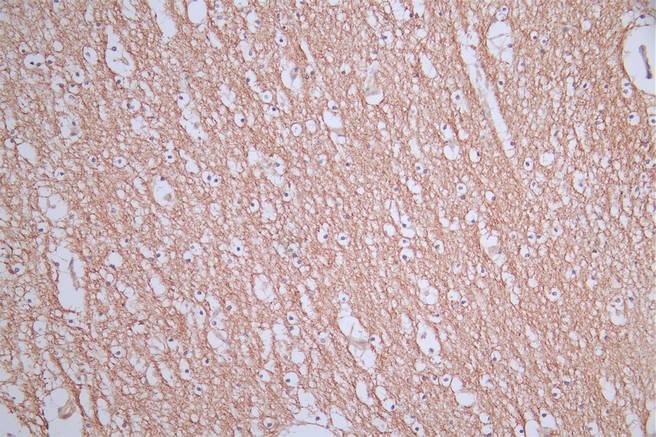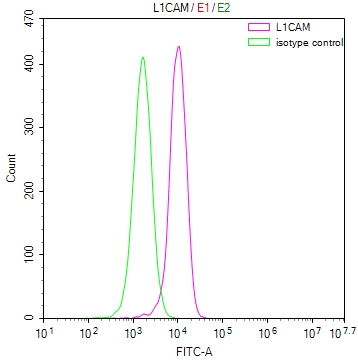To generate a recombinant monoclonal antibody against L1CAM, CUSABIO initiated the process by immunizing a rabbit with a synthesized peptide derived from human L1CAM. B cells were subsequently isolated from the immunized rabbit, and RNA was extracted from these cells. The extracted RNA was reverse-transcribed into cDNA, which was then used as a template to extend L1CAM antibody genes using degenerate primers. These synthesized L1CAM antibody genes were incorporated into a plasmid vector and transfected into host cells for expression. The resulting L1CAM recombinant monoclonal antibody was isolated from the cell culture supernatant via affinity chromatography and assessed for its suitability in ELISA, IHC, and FC assays, demonstrating specificity for human L1CAM protein.
The L1CAM protein is primarily associated with neural development and plays a crucial role in axon guidance, cell adhesion, and synapse formation in the nervous system. It also has implications for neural regeneration, tumor invasion, and potentially other cellular processes outside the nervous system.







